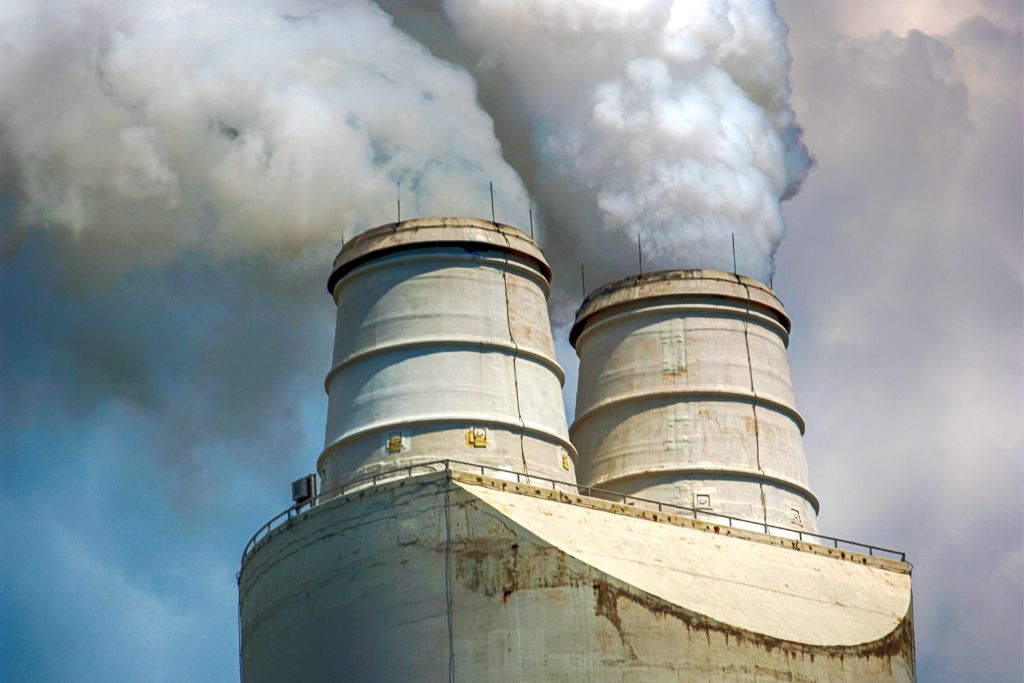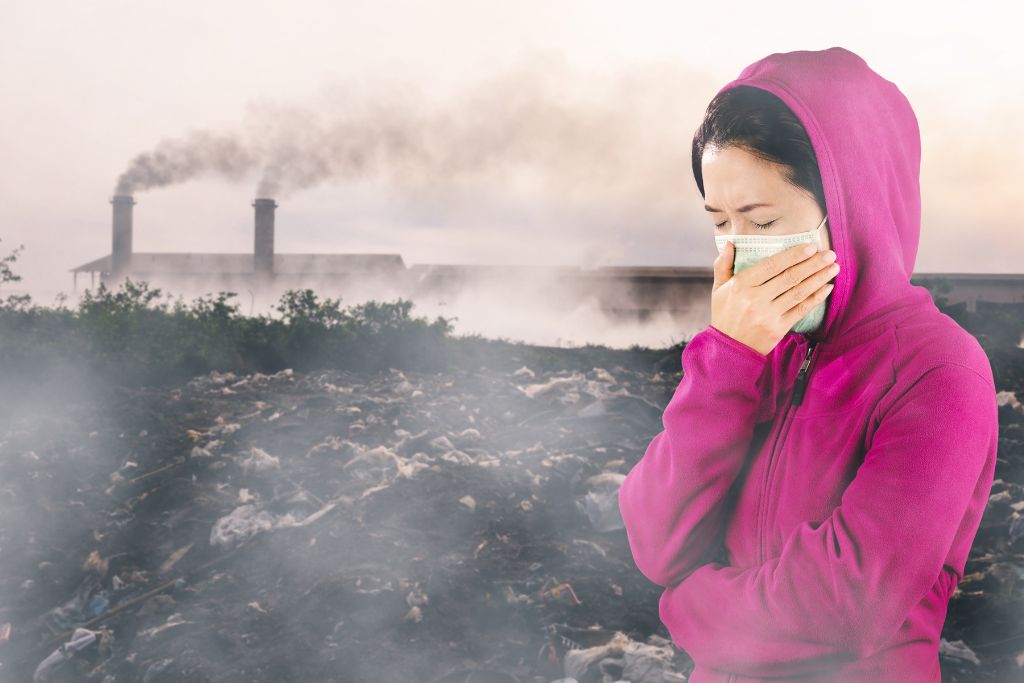Air pollution is one of the world’s biggest threats to health. It increases the risk of many diseases and can even cause death. Some of the most dangerous pollutants include particulate matter, carbon monoxide, ozone, sulfur dioxide and volatile organic compounds. These pollutants are emitted into the air by vehicles and power plants, as well as by nature. People are most at risk of disease due to long-term exposure, but short-term exposure can also affect health.
Acid rain
Acid rain is the result of pollutants in the air, mostly sulphur dioxide and nitrogen oxide, reacting with water and oxygen in the atmosphere to form sulphuric and nitric acids. These chemicals then bind with the water droplets in clouds to create acidic precipitation, which can take many forms including rain, fog, snow and hail.
The main source of sulfur dioxide and nitrogen oxides is power plants that burn fossil fuels such as coal to produce electricity. However these pollutants can be transported far from the original source by winds.

Exposure to these fine particulates in the air can harm you by causing inflammation and irritation in your lungs. They can also increase your chances of heart disease and can aggravate asthma, bronchitis and emphysema.
Greenhouse gases
The greenhouse gases carbon dioxide, methane, nitrous oxide, and various synthetic chemicals trap some of the Earth’s outgoing heat energy. This changes the Earth’s radiative balance, altering climate and weather patterns at global and regional scales.
Long-term exposure to air pollution increases the risk of emphysema, heart attacks, and respiratory diseases. Children, the elderly, and people with existing diseases are especially vulnerable. Air pollution also has a negative economic impact, leading to lost productivity and missed work days.

Sulfur dioxide emissions, a common cause of air pollution, can irritate the eyes, nose, and skin. It can also cause bronchitis and aggravate preexisting respiratory problems. It is converted to bisulfite in the lung, interacting with sensory receptors to cause bronchoconstriction and mucus production. Other chemicals, such as volatile organic compounds and polycyclic aromatic hydrocarbons, can provoke a variety of symptoms and diseases.
Short-term effects
Air pollution is a major source of diseases and can affect all living organisms. Its main pollutants include particulate matter, carbon monoxide, ozone, and nitrogen oxides. These chemicals are produced when fossil fuels are burned to power cars, heat homes, and run factories. They also enter the atmosphere when burning vegetation or during volcanic eruptions. They can cause harm to humans by affecting the respiratory, cardiovascular, and reproductive systems. They are also linked to adverse birth outcomes such as low birth weight and pre-term babies, neurological diseases, diabetes, and cancer.

In addition, they can cause smog, which is made up of gases and fine particles that can interfere with breathing. People can protect themselves from the harmful effects of air pollution by using public transportation, recycling yard trimmings instead of burning them, and not smoking.
Long-term effects
Air pollution has long-term effects that affect people’s health. It can cause diseases and disabilities, from mild to severe. These effects include irritation of the eyes, nose and skin, difficulty breathing and bronchitis. In the most severe cases, it can even lead to death (6).
The main sources of air pollution are fossil fuels used for transportation and energy production, industrial activities and forest fires. There are also natural sources, such as volcanic eruptions and dust storms.

Governments can help prevent the negative effects of air pollution by implementing policies that promote public transportation and walking or cycling instead of using private cars, and by promoting clean fuels and energy sources. Health professionals can also educate their patients about the effects of air pollution and ways to minimize them.
Congenital disabilities
Air pollution is a worldwide issue, with most of the 4.2 million premature deaths related to ambient (outdoor) air pollution occurring in low and middle-income countries. The most health-harmful pollutants are fine particles less than 2.5 micrometres in diameter, which lodge deeply into the lungs.
These are mainly produced from the inefficient combustion of solid fuels such as wood, coal, crop wastes and dung, and kerosene. They are the second largest environmental risk factor for death and disability in these countries after tuberculosis.

Fortunately, anyone can take steps to reduce air pollution by driving less, using public transportation, burning only clean wood and avoiding kerosene, recycling yard trimmings instead of throwing them away and not smoking cigarettes. The health sector can also lead a multisectoral approach to the prevention of air pollution by engaging with the transport, energy and housing sectors.
Air pollution harms many biological systems and increases disease risk. Air pollution prevention requires understanding its harmful impacts. “5 Health Diseases You Can’t Ignore” highlights air pollution-related ailments. Individuals and governments can understand the urgency of reducing air pollution by examining its link to respiratory ailments, cardiovascular diseases, and cancer. The article’s findings support strict air pollution controls and public health.







